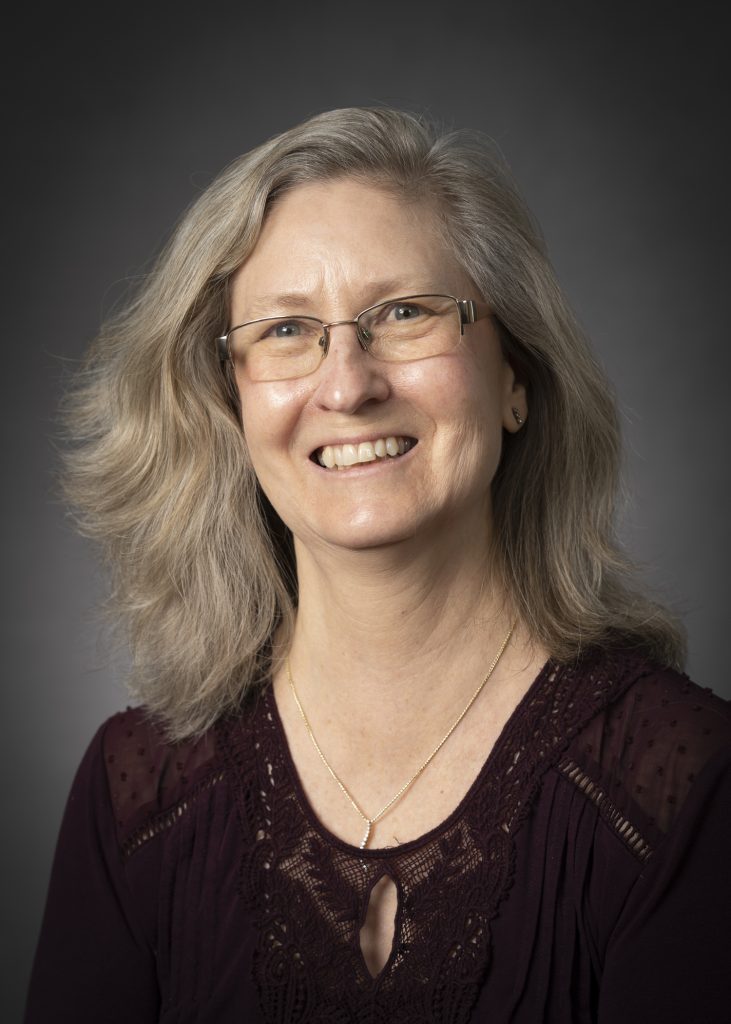College’s ELRC collaborates in Somali education intervention
The Somali Ministry of Education is working to rebuild an education system decimated by civil unrest and natural disasters, and the College of Education’s Evaluation and Learning Research Center (ELRC) is helping them.

Under the leadership of Wilella Burgess, director of the ELRC, facilitated by a multi-national team and funded by the U.S. Agency for International Development (USAID), the project is helping Somali schools gather insightful data on their education program results.
Burgess returned in August from a week-long meeting in Nairobi with CARE International and USAID to review project results. The project ended September 15.
Burgess and her team started their evaluation of Somali education five years ago through a contract with USAID to examine the effectiveness of the USAID-funded Bar ama Baro (BAB) Accelerated Basic Education (ABE) program. The ABE program was implemented in Somali schools to bring accelerated education to 100,000 out-of-school children and youth to help revitalize the Somali economy, enhance individual and community resilience, and deter radicalization.
But how does the program work? What challenges faced the team in their mission?
The ABE program focused not only on math and reading, but also psychosocial indicators for student learning outcomes. Burgess’ team needed to adapt or develop new tools, as there are few reliable or valid instruments for measuring these education outcomes, particularly in the Somali context. Burgess noted that their multi-year study was very helpful, as it allowed them refine data collection tools, and identify and eliminate instrument questions that didn’t work as designed.
“This included small but significant changes, such as changing negatively worded items to positively [worded ones] and altering survey language that was inappropriate in the Somali context,” Burgess said.
The study team included researchers from three different countries (Somalia, Uganda, and USA) working together to plan, implement, analyze, interpret, validate, and report project details.
“The project took several twists and turns over its lifetime,” Burgess reflected. Burgess and her team members met virtually with USAID funders bi-weekly to gain insight into project co-creation and annually in Nairobi, Kenya to discuss findings, interpretations and implications for Somali education.
According to Burgess, program results showed that socio-economic status continues to correlate to learning outcomes in Somalia.
In many ways, levers and barriers to student academic success in Somalia mirror those observed elsewhere. For example, students from families with fewer resources had on average less favorable learning outcomes than more affluent students in Somalia. Further, students speaking a non-dominant dialect were also disadvantaged in learning outcomes. Contextual factors influenced educational outcomes across implementation locations, including community support for education, environmental concerns like famines and floods, and the school’s civic engagement and enrichment programs.
Burgess’s Somali colleagues shared preliminary findings with study communities to verify and validate their conclusions and interpretations. The results support data-driven decision-making by the Somali Federal Government, and created an updated baseline for communities.
“Our results provide the Ministry with data to help set educational benchmarks, better understand educational successes and underserved populations, and identify promising practices,” added Burgess.
The most recent meeting with USAID in August informed plans for implementing a new accelerated education program in Somali schools based on the ELRC’s multi-national team’s findings. Burgess said that an overarching goal of the project was finding ways to design educational programs to accommodate “the various needs of diverse students.”
Burgess found her involvement in the multi-national collaboration both inspirational and fulfilling, saying she was “in constant awe of [my partners’] resilience and ability to find a way forward even against incredible obstacles.”
The ELRC director added that Purdue’s involvement in the program has increased awareness and knowledge about effectively engaging with diverse cultures. Burgess said that Purdue also has much to offer with its existing research partnerships such as Dr. Wayne Wright’s research on literacy and language education in Cambodia.
USAID’s hands-on approach was a useful adjustment for the project, according to Burgess.
“It helped ensure that our project was responsive to the sponsor’s needs and allowed us to learn from one another,” she said.
Burgess said that next steps for the project include turning their data and findings into a series of journal articles that add to scant literature on education in Somalia. These articles will also provide insights into lessons learned that can inform educational program development in Somalia and other post-conflict countries. Burgess and her associates are searching for more funding opportunities to continue their collaboration and work in Somalia. Lastly, Burgess and her team will present a panel on key components of successful partnership development and capacity sharing from their USAID-funded ABE evaluation at the American Evaluation Association in Portland, Oregon, in October.
Sources: Wilella Burgess wburgess@purdue.edu, USAID: Education
Writer: Rebekah DeMoss, rdemoss@purdue.edu
Related news: https://education.purdue.edu/2022/11/colleges-international-impact-reinvigorating-somali-education/